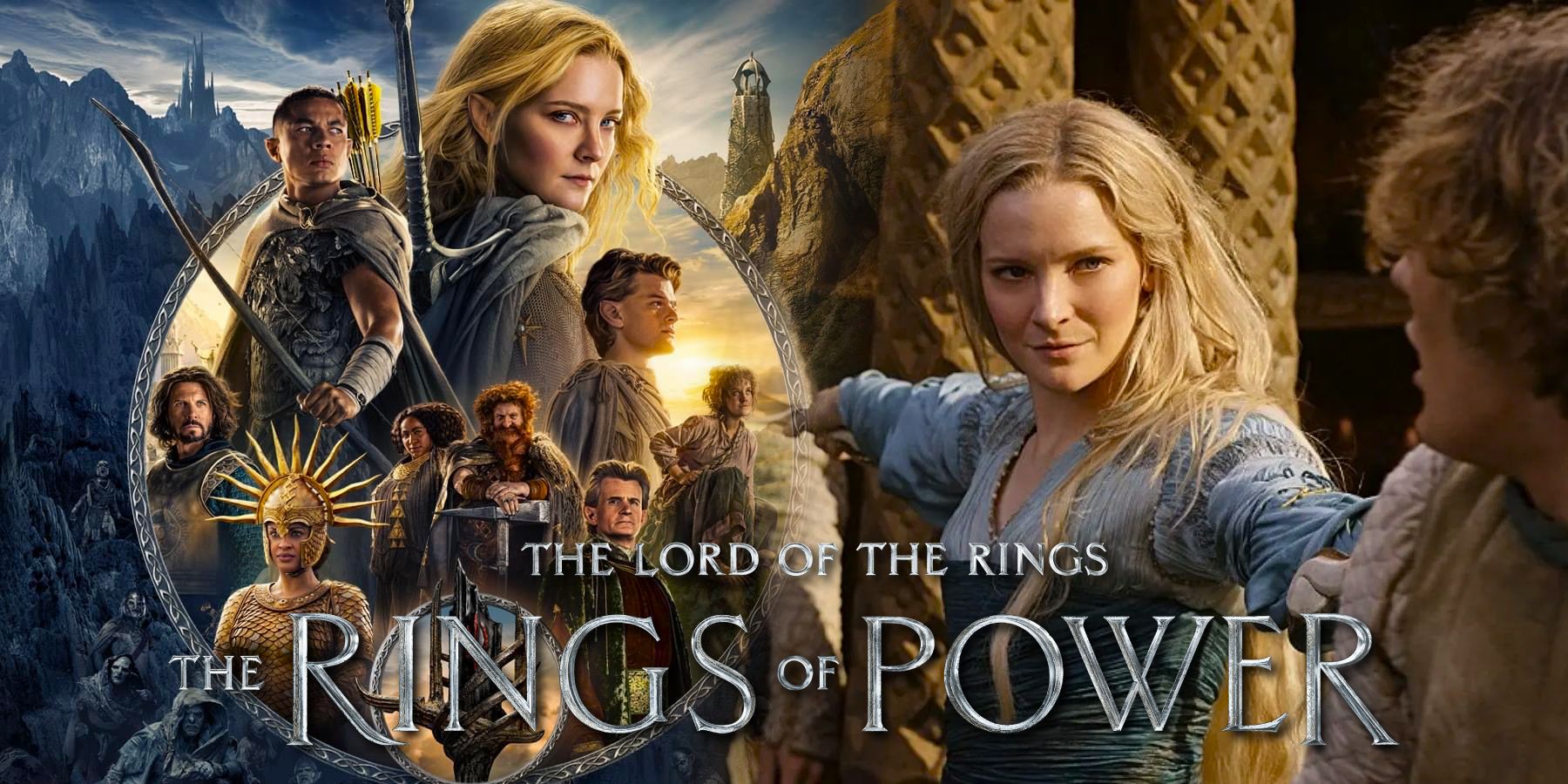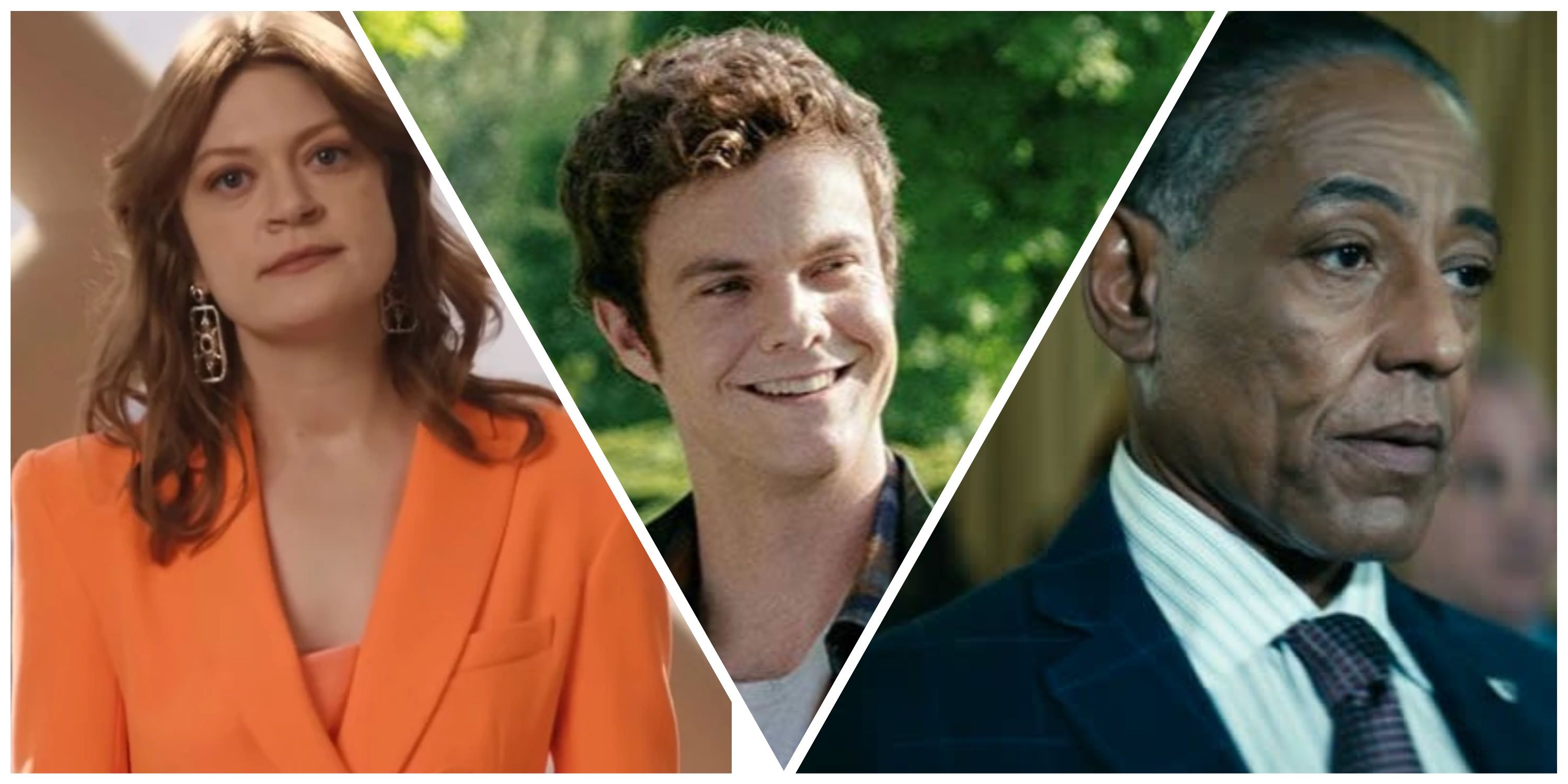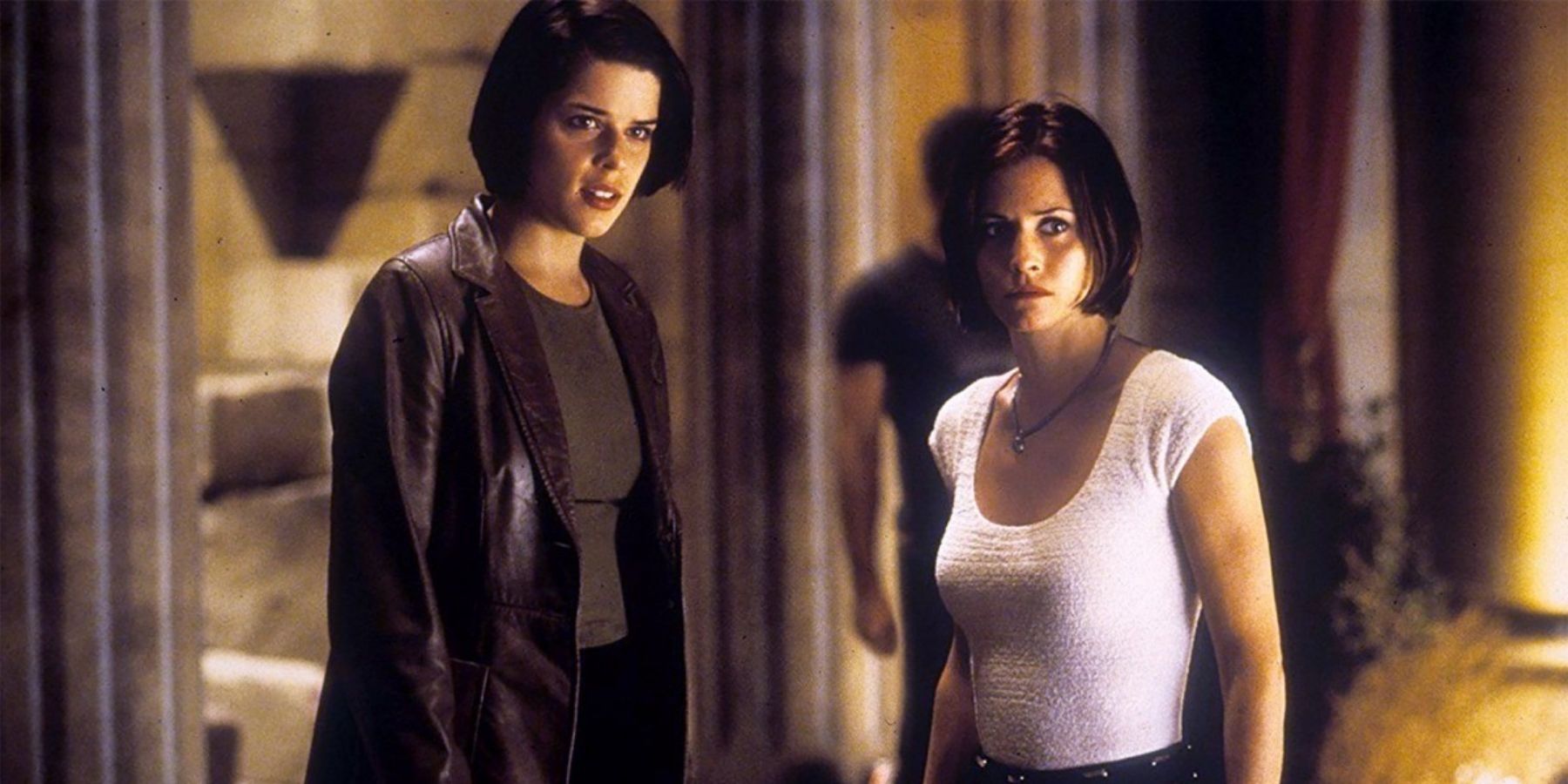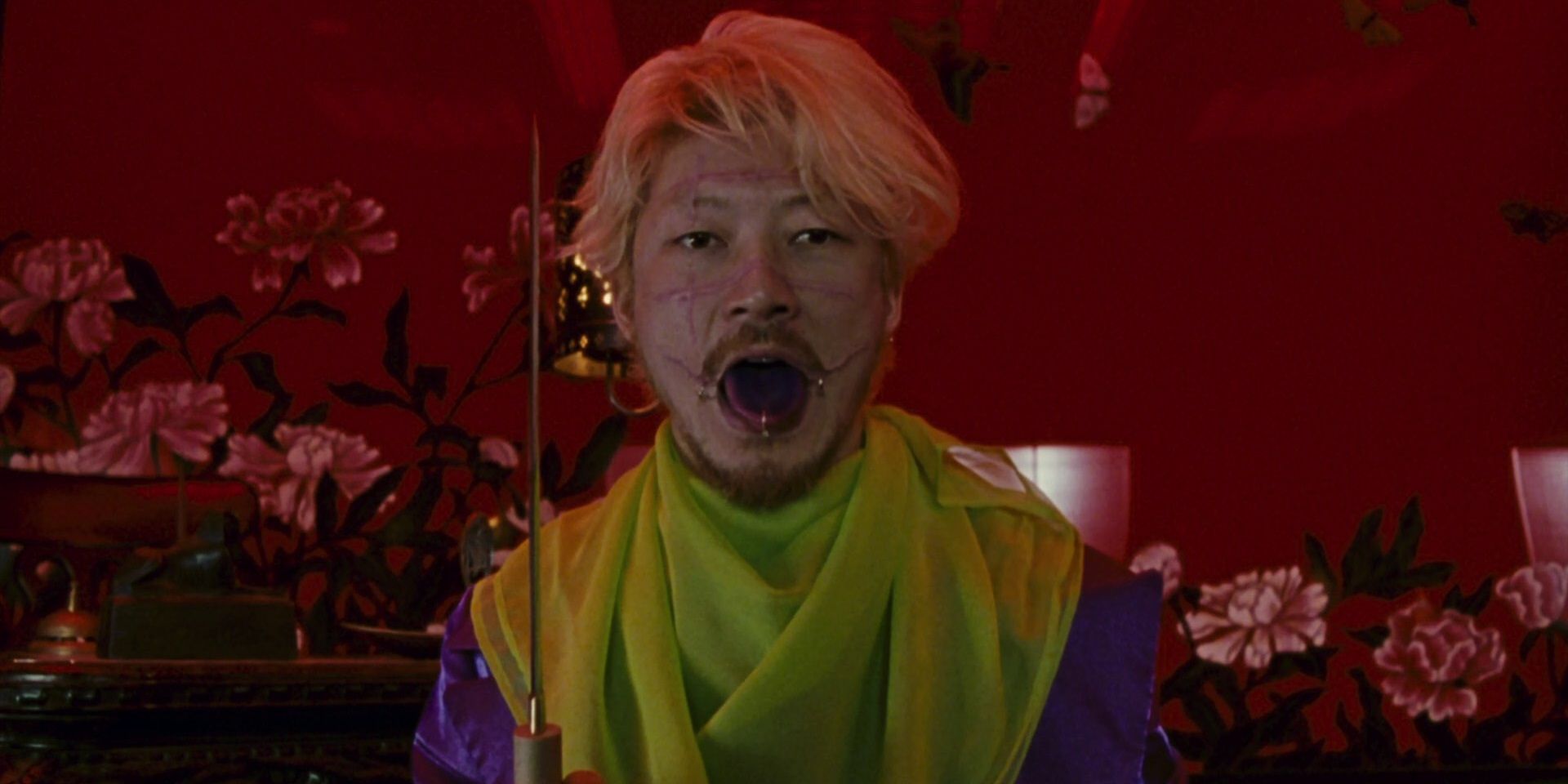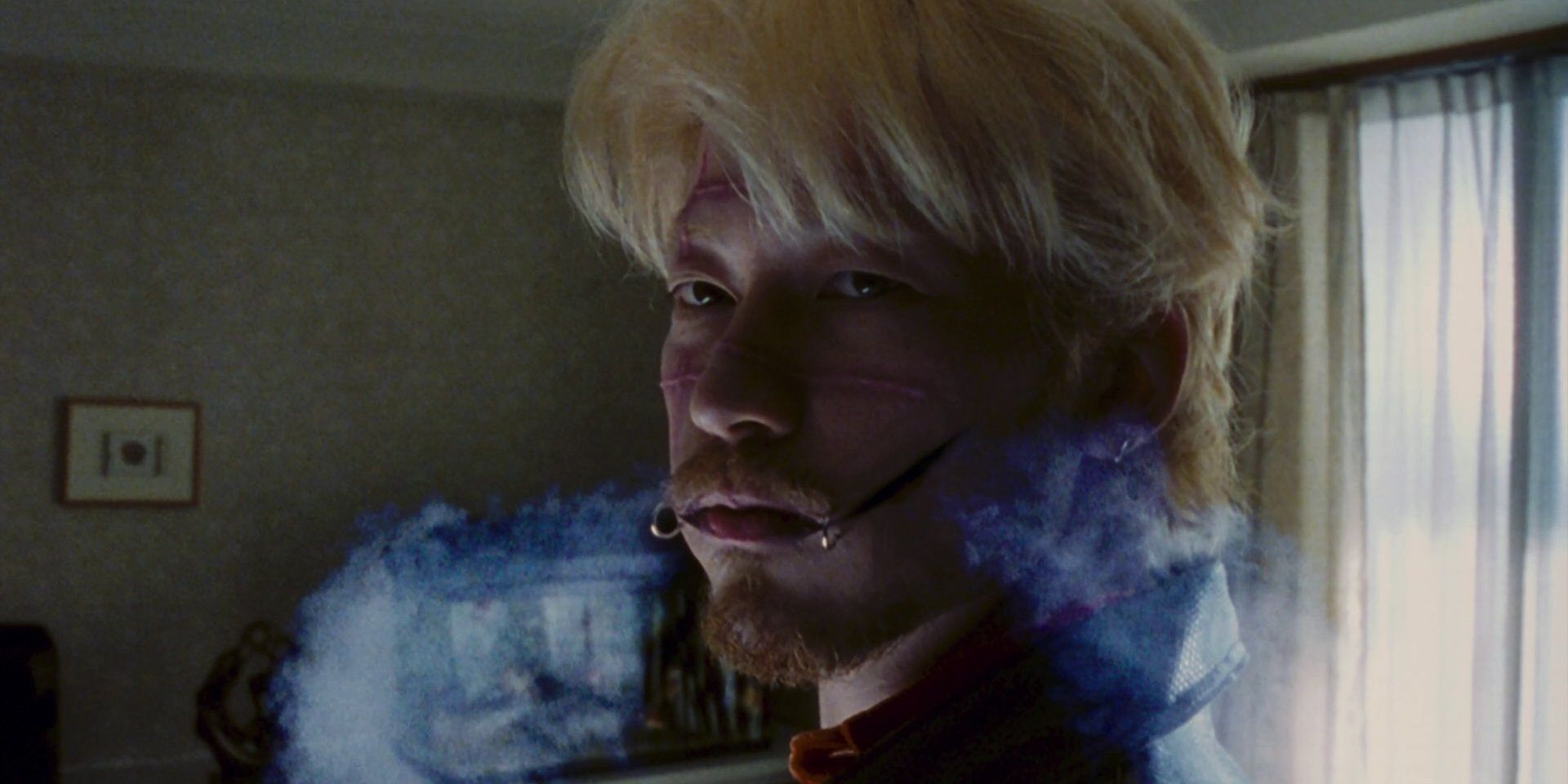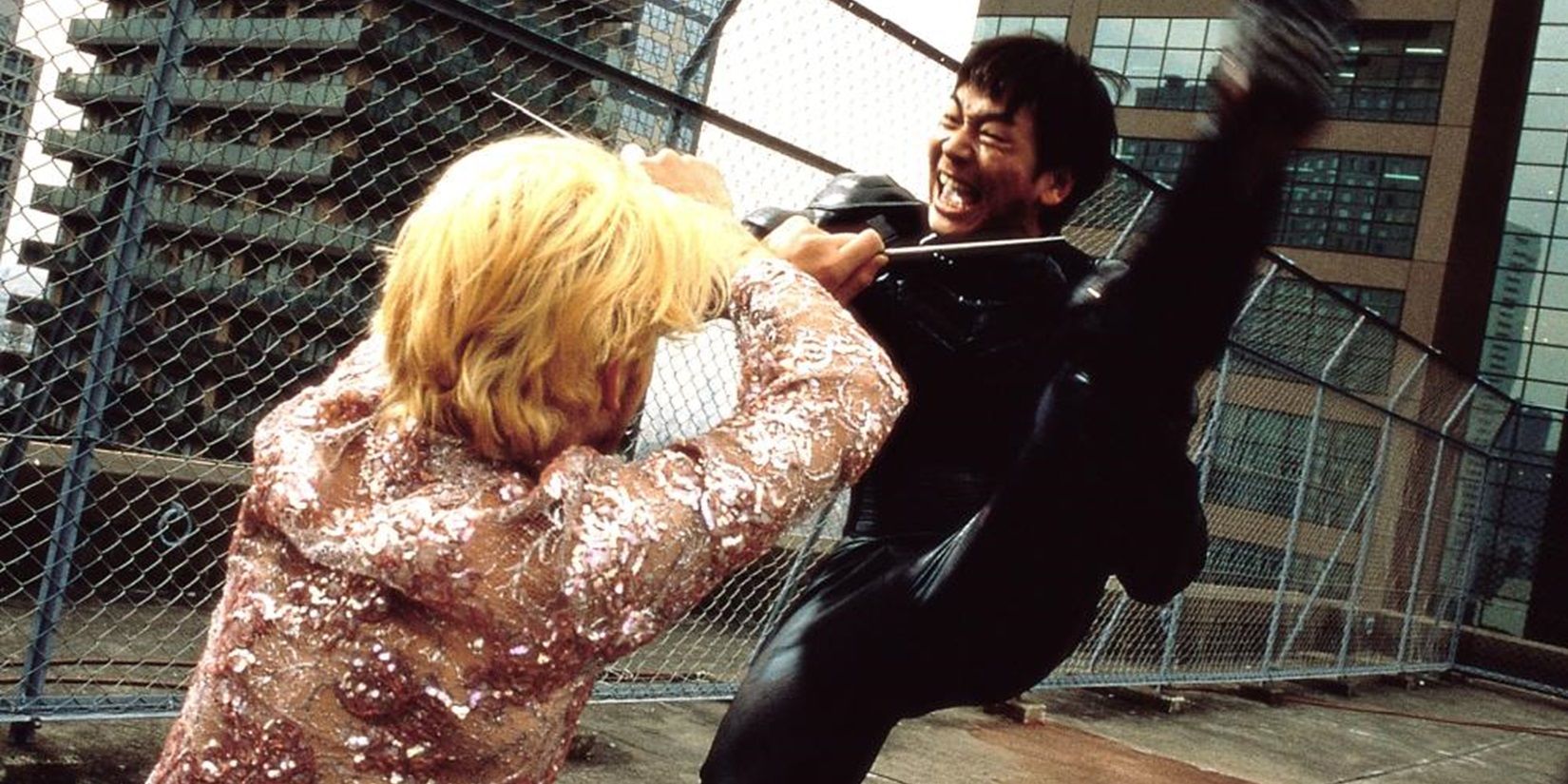François Truffaut famously said that it’s impossible to make a true anti-war film, because any on-screen depiction of warfare will fundamentally excite a moviegoing audience. For that same reason, it’s tricky to deconstruct or lampoon the role of violence in the media without glamorizing the bloodshed, because violence is inherently thrilling. There’s a very fine line between satirizing violence and glorifying it, as evidenced by controversial gems like Fight Club, Starship Troopers, and Natural Born Killers.
Takashi Miike’s ultraviolent cult classic Ichi the Killer walks along that fine line admirably. It indulges in gruesome violence at every turn, but also deconstructs the idea of violence and its impact on the media. Adapted from Hideo Yamamoto’s manga series of the same name, Ichi the Killer tells the story of a sadistic, remorseless yakuza enforcer who takes pleasure in killing and becomes obsessed with an even more sadistic yet surprisingly remorseful killer with a superhuman ability to inflict pain.
Miike is one of the most polarizing directors in the history of Japanese cinema. Some praise his films as high art, while others dismiss them as schlocky exploitation. His samurai epic 13 Assassins was favorably compared to the classics of Kurosawa. His 1999 masterpiece Audition revolutionized its genre as a horror movie with no suggestion that it’s a horror movie for the first hour. It’s initially set up as a cheesy melodrama about a widower trying to find love again before taking a shockingly dark turn at the midpoint. Miike has made a career out of horrifying audiences with the actions of violent sadists.
A Cornerstone Of Cult Cinema
Ichi the Killer, arguably Miike’s most infamous film, is one of the cornerstones of cult cinema. Having seen it is a badge of honor among genre fans. Upon release, it garnered instant widespread controversy for its graphic, unflinching portrayals of not only violence, but inhuman behavior. Many countries forced Miike to cut out a few minutes of gore before releasing the movie, while other countries banned it altogether. The violence in Ichi the Killer simultaneously pushes the envelope into new pastures and critiques a media landscape that let it get pushed that far in the first place.
Ichi isn’t directly introduced for a few scenes. His violent actions are introduced before he is. The audience doesn’t meet Ichi himself for a while, but his pain-inflicting superpower is established by the aftermath of his killings. Ichi’s gangster cohorts go into various crime scenes after he’s done with a hit and clean up the bloodbath he left behind: there’s blood all over the walls, intestines strewn all over the room. And then, when Ichi is finally introduced on-screen, he’s bafflingly shy and introverted. The same guy who ripped those people apart is barely able to make eye contact during conversations.
The character is as closely defined by his repression as his penchant for brutal murder. Throughout the movie, Miike links the two in disturbing ways. Ichi tearfully apologizes to his victims in advance of killing them, then puts on a big, cheery grin as he slices and dices them with a blade sticking out of his shoe. He moves so quickly and with such precision that his victims (and the audience) have to wait a few seconds after each slashing to see which body parts fall off.
The CGI is a little shaky in some parts. When Ichi cuts a ruthless pimp right down the middle and his entire body splits apart, the graphics look like they came from a PS2 game. But even when the effects are unconvincing, it still works with the tone of the movie because the violence is so cartoonish, it’s forgivable if some parts of it look like a literal cartoon.
The Censors Missed The Point
Censors who have sunk their hooks into this movie have often missed its satirical point. Miike strikes a very careful dichotomy between violence that excites the viewer and violence that disturbs them. The censors tend to cut out all the violent sequences that expose the ugliness of violence and explore its dark consequences, but leave in all the fun, glitzy action movie violence that makes it look cool. It’s hard to get a hold of the original cut outside of Japan, but it’s worth looking for because the censors in other markets tend to ironically turn the movie into the kind of mindless ultraviolent dreck that Miike set out to critique.
In Ichi the Killer, there are no heroes. Every major character is a villain to a certain degree. The movie doesn’t take a definitive moral position on its depiction of violence. The audience has to decide for themselves whether they’re disgusted or thrilled by the time the end credits roll. The beauty of the movie is that most viewers will feel a combination of the two.

